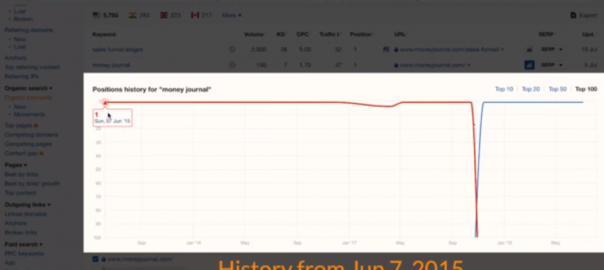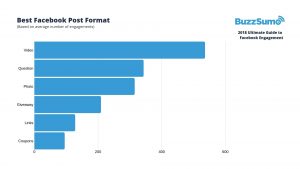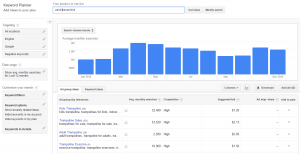Ranking high on the SERPs is a lot of work.
It takes focused keyword research, competitive analysis, content building, targeted link building, and a whole lot of determination.
Competing against the top players for the spots on the first page is the name of the game when it comes to SEO, but the real challenge is that many other factors can influence the ultimate landscape of your campaigns.
SERP volatility, for one, can create a moving target that ultimately can make it difficult for your business to even understand what it takes to rank on that first page.
But what exactly is SERP volatility? Why is it so important? How can you monitor it?
Today’s article brings you the answers to all these questions and more, so read on!
First Things First: Let’s Define SERP Volatility
On paper, the definition of SERP volatility sounds fairly obvious – it’s the volatility of the search results.
However, in today’s discussion, we’re specifically interested in the first page of results because… well, I think it’s pretty obvious why. It’s the place where everyone wants to be, after all.
So, the question becomes: how does SERP volatility manifest when it comes to SEO and rankings?
When we think about it like this, the concept of SERP volatility becomes a bit more complex.
See, this volatility can come in many different forms, but one of the most common ones, and one that you definitely need to be aware of, is the fact that search intent and the relevance of the search results are changing – and they’re changing wildly.
Let’s look at an example.
Down below, we have a graph representing a search result and the pages’ positions over time.
As you can see, it’s not a straight line for any of the pages. On the contrary, over a period of two and a half years, they all went up and down countless times.
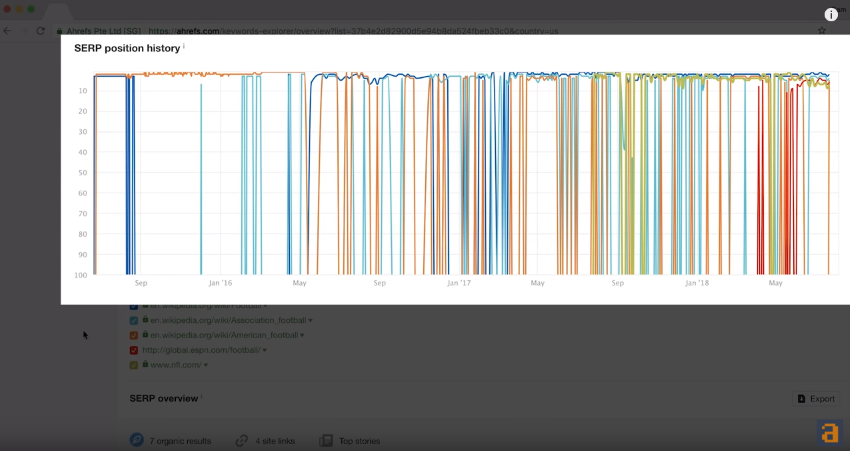
This has huge implications in terms of SEO, because not only are the search results changing, but Google is also showing that they aren’t 100% sure about what they want to show on the SERPs.
This means that one day, your business might have the intent and relevance on point, yet the next day, because Google has made some tweaks to its processes, that same intent and relevance may be entirely different.
So, the main takeaway here is that understanding SERP volatility goes way beyond what websites are ranking – it’s also about search intent and relevance of the results.
Why Should You Consider SERP Volatility For Your Keyword Research?
If you’ve ever conducted keyword research, then you know that this process is already an integral component of SEO that takes diligence, constant vetting, and thoughtful considerations.
Finding high-quality keywords for your website is all about regular monitoring of relevant metrics and KPIs, three of which are:
- Relevance
- Search Volume
- Keyword Difficulty
That is typically the set of metrics that website owners use to choose their keyword targets, and rightly so, as they’re essential for putting you in the right direction with your SEO plan.
However, through my first-hand experience as an SEO professional, I’ve learned that SERP volatility is something that also needs to be a part of the process.
The reason why is simple: even if a keyword is deemed “not difficult”, if the SERP positions on the first page are volatile, meaning that they change all the time, then that keyword may actually be difficult at times.
Because of this uncertainty, you’ll be unable to have a clear understanding of which steps you need to take to get on the first page – not the goal when it comes to optimizing your content!
For many of our SEO campaigns, we take an in-depth look at why the top players are ranking, by trying to answer questions like:
- What does their backlinking portfolio look like?
- How are their SEO optimizations?
- How is the related content library on their website?
- And the list goes on.
If those competitors keep varying over time, then your research will quickly become obsolete, and you’ll constantly have to go back to square one, answering all of those questions, all over again, but for a different set of competitors.
So, to compound all of this: if the intent and relevance are constantly changing, then your business will be a relevant contender on week one, and then the complete opposite on week two.
As such, ranking is not solely about keeping up with your competitors’ SEO metrics, because the entire relevance of a certain keyword can always be called into question.
How Can You Measure SERP Volatility?
One thing you can always do to measure volatility is to conduct a manual check. In fact, it’s something you should do, simply to see live instances of how the search results look like.
However, this method isn’t really the most efficient one you can choose.
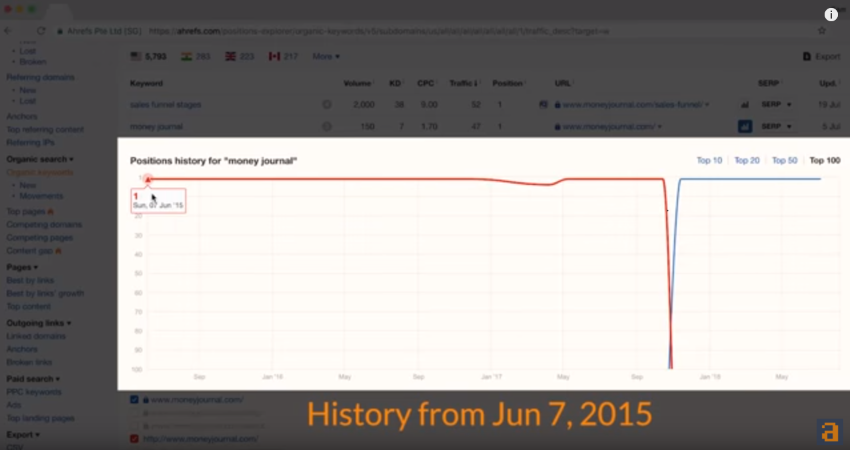
Personally, I use a tool from Ahrefs, called the “Position History Graph”, which maps out the top five positions of a keyword for the previous three months, six months, or all time, providing me with graphs like the one above.
There is one limitation to this tool, and that is the fact that it will only inform you of the volatility of the first five results. As you can imagine, if those search results are constantly changing, then the search result itself must be hyper volatile.
However, the data you get access to is still incredibly useful, and a lot more comprehensive than a live check.
In my campaigns and projects, I use a combination of the “Position History Graph” tool and manual checks in order to check volatility, because first page results are usually around ten spots.
Sometimes, I’ll find that the first five spots are stable, but the bottom five, on the other hand, are heavily volatile – and that creates some concern about the keyword in question.
Ultimately, this is a case-by-case basis type of SEO component, because each keyword has its own unique context.
However, I can tell you that using both manual check-ups and Ahref’s “Position History Graph” feature will prove to be a great method of validating the stability/volatility.
The Importance of SERP Volatility – In Summary
SERP volatility is something that can easily be overlooked, simply for the fact that it adds a time dimension that is typically not considered during the keyword research process.
Many SEO’s and business owners look at rankings on a particular time and date and then conduct their keyword research and competitive analysis according to that timeframe.
However, we know by now that Google is always changing, updating, and tweaking the way it functions – and that’s a factor that needs to be taken into account when you choose your own targets because it will always affect the rankings.
Data and targets are not stagnant, and if you plot out your SEO strategy believing they are, you too will be at risk of stagnation – and that’s why considering SERP volatility is crucial for SEO success.
Digital & Social Articles on Business 2 Community
(14)
